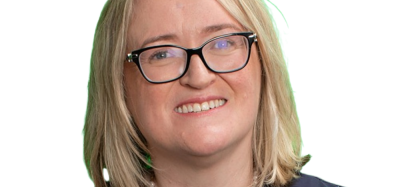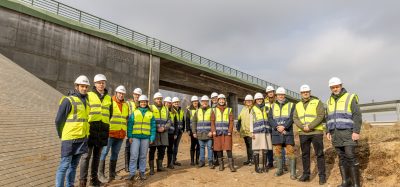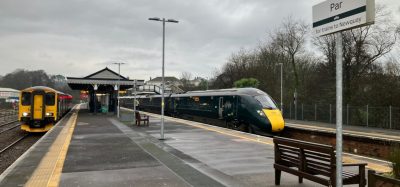The people behind the wheel: Peter Regan’s story, Sydney Metro
Posted: 18 September 2024 | Peter Regan - Sydney Metro | No comments yet
In the latest instalment of Global Railway Review’s ‘The people behind the wheel’ series, Peter Regan, Chief Executive at Sydney Metro, reflects on his career in the rail industry, sharing his experiences leading the Sydney Metro project and his vision for the future of rail transportation.
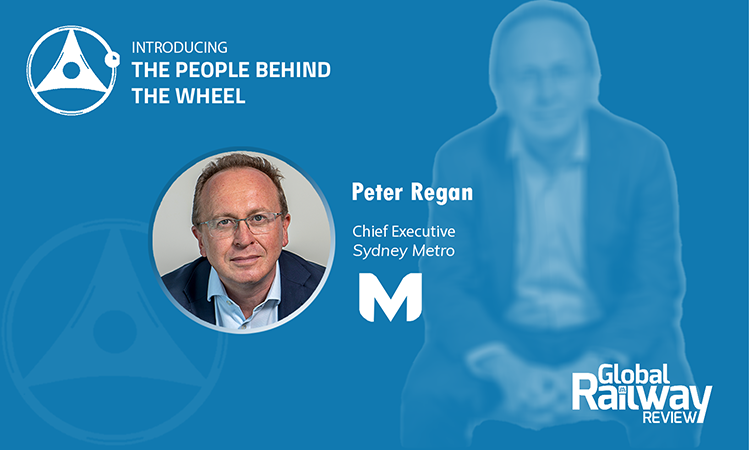

Can you tell us a bit about your role at Sydney Metro?
As Chief Executive, I lead the procurement, construction, delivery and operations of Sydney Metro, Australia’s biggest public transport project.
Sydney Metro is the biggest programme of urban rail infrastructure investment in Australian history. It includes the operational M1 Northwest and Bankstown Line, which is 51.5km through Sydney with stops at 21 stations and a metro train arriving every four minutes in the peak. There are also three projects under construction, including the southwest section of the Sydney Metro City & Southwest project, Sydney Metro West and Sydney Metro – Western Sydney Airport.
What inspired you to seek a career in the transport industry?
It wasn’t intentional. I was originally an investment banker and worked across infrastructure, mining and communications in the project financing area.
When I moved to London with Deutsche Bank, they were working on financing a massive public private partnership to upgrade the London Underground.
I was new and fresh, so I wanted to get involved in it because it was all so complicated that no one else wanted to do it and no one believed it was going to get off the ground, but to me it sounded exciting.
I then spent two years putting the financing together and also worked on financing the extension to the Docklands Light Railway. I realised I enjoyed the focus on not only the banking and financing but creating transport assets people were ultimately going to benefit from.
When I finished, I was then approached by Transport for London (TfL) to work on similar projects. I enjoyed it so much that I did it for seven years and I’ve been doing transport financing and infrastructure ever since.
Has a career in rail changed your perception of the industry as a whole?
I’ve always been interested in infrastructure and particular rail infrastructure. Initially it was the combination of financing and the delivery of infrastructure, but as my career progressed, I’ve gravitated towards the intersection of property and placemaking with rail infrastructure.
That’s what I love most about what I do at Sydney Metro. You’re not just building connections between A and B, you’re creating places as well and creating a powerful legacy which good transport and rail infrastructure can deliver.
What would be the top three highlights of your career in the industry to date?
While there have been many highlights, my time in London working on the infrastructure programme in the lead up to the Olympics was fantastic. Transforming an old network along with building new pieces of infrastructure was a wonderful experience and I learnt an enormous amount.
Certainly, the most difficult thing I’ve done was when I inherited the Sydney Light Rail project when it wasn’t doing well commercially, contractually and with construction effectively paused with 25km of trenching down the middle of Sydney. I spent over a year on it, and we ended up turning it around and opening a wonderful piece of infrastructure that’s changed Sydney and the way that people saw light rail transport in Sydney.
The biggest highlight for me no doubt, was in August 2024 when we opened the new City section of the M1 Northwest & Bankstown Line. By far the biggest piece of rail infrastructure built in Australia since the Harbour Bridge almost a 100 years ago. It has fully transformed the way Sydneysiders see high technology, high-capacity railways and it’s been an absolute thrill to see the euphoric reaction from the public. It was an amazing achievement by all 50,000 people who have been involved in building it, and definitely a highlight for me.
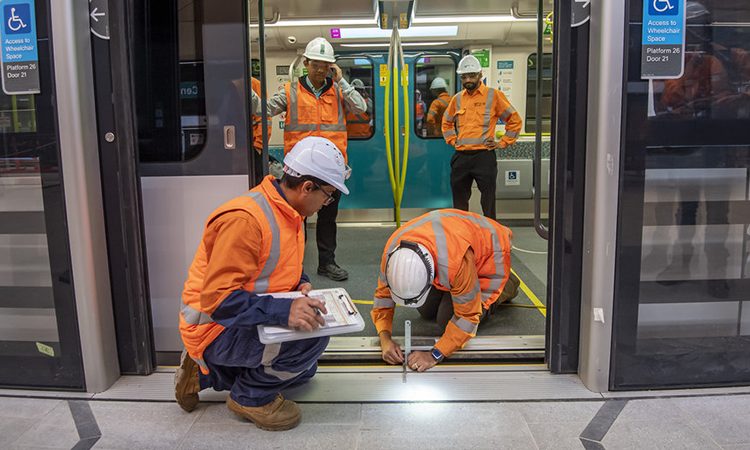

Credit: Sydney Metro
What key pieces of advice would you give to someone who is interested in a career in rail?
Make sure you keep changing what you’re doing. Every two or three years try and find something which can build on your skills and is a little different. I wouldn’t suggest to anyone that they just regard their career as being ‘in rail’. Moving around, looking at things from different perspectives and working in different parts of transport is extremely beneficial.
If you get the opportunity to work at some point in your career for both public and private sector, it also gives you a great perspective. Same as if you do get the opportunity to change geographies, change environments and find a way to jump in the deep end again and recognise that sometimes solving existing difficult problems is just as rewarding as doing things from scratch. I’ve always been lucky to get a culmination of those. I think, just keep moving.
How do you see innovation shaping your role and the rail industry in the next five years?
I think there’s a continued focus on technology, be it signalling systems or customer information systems.
With these high technology and high performance metro systems around the world, I find it fascinating how you can strive to get 100% performance, as opposed to 99%. I know cities around the world are getting to the point where there’s so much technology that they can determine in advanced if an asset will fail in service, they’ll take it out of service. There are wonderful innovations in that space, be it sensors, predictive technology and the role that technology continues to play in enabling high-capacity reliability railways.
We should all continue to embrace new technologies, but also make sure the people who are responsible for operating the system still know how to respond when a situation may go wrong.
In the future, what technological advancements do you hope to see become more commonplace in the rail industry workforce?
There’s so much to be gained, not just in the performance of railways but in the safety space. I hope we continue to see increased technology in the construction and maintenance of railways and other infrastructure and prevention systems, as well as detection systems that can help avoid incidents happening in the first place. It would be great to see more of this type of technology both in the operation and railway construction.
In an ideal world, how do you envision the future of rail evolving?
We’re certainly at a point where the technology that drives rail systems has continued to improve, and building brand new systems with high technology creates a totally different equation to legacy rail systems.
The real challenge is to continue to integrate rail systems with broader transport networks and focus on multimodal to give customers choice. Giving them greater information on a real-time basis and integrating transport into broader place making outcomes. They’re absolutely the future and here in Australia we’ve been learning from other counties. I’ve always been deeply inspired by the integrated approach and forward planning in cities like Tokyo, Singapore and Hong Kong, as well as the restoration of historical assets in Paris, London and other places around the world. I believe it’s important to focus not only on the outcomes for transportation but also on the broader impact on the places themselves, making the best use of available technology.
Sydney Metro

Related topics
Infrastructure Developments, The People Behind the Wheel, The Workforce




